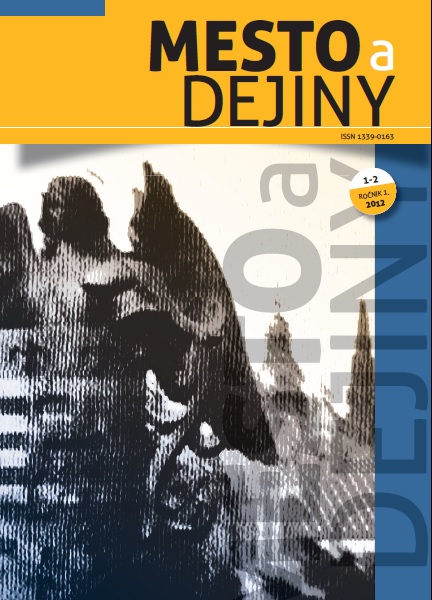The Jewish Community in Kraków and Kazimierz and the Jewish Communal Authorities in the Light of Internal Sources (16th – 18th Centuries)
The Jewish Community in Kraków and Kazimierz and the Jewish Communal Authorities in the Light of Internal Sources (16th – 18th Centuries)
Author(s): Anna JakimyszynSubject(s): History, Cultural history, Jewish studies, Ethnohistory, Local History / Microhistory, Social history, Modern Age, Theology and Religion, 16th Century, 17th Century, 18th Century, History of Religion
Published by: Univerzita Pavla Jozefa Šafárika v Košiciach
Keywords: Jews; Kraków; Community; Pinkasim; Charter; Regulations; Sources;
Summary/Abstract: The Jewish community in Kraków were an example of the organizational forms used in the Jewish communities in the Polish-Lithuanian Commonwealth. They varied from community to community. The administration system and system solutions were defined under state authority regulations, local and private legislation and internal regulations of Jewish authorities. For the Jewish community in Kraków in the modern period the most important internal sources were the Kraków Community Charter and the community record books – pinkasim. People who worked for the community could be divided into two groups. To the first group belong the Kraków Community Board (parnasim, towim and fourteen kahal members). In addition to the Kraków Community Board there were a number of other officials of the community. They had several areas of responsibility: finances, maintenance of order in the Jewish quarter ad supervision of crafts and trade. To this group belong also judges [three to each of the three governing bodies]. To the second group of the people working for the community belong rabbi, cantor, ritual slaughterer and beadles, community secretary, midwives, doctors, street cleaners, public bath personnel, prison guards and sentries watching over the gates leading to the quarter. The analysis of the list of the Kraków’s community officials and functionaries showed as the power was in the hand of a small groups of inhabitants. Nevertheless, the system of the communal institutions proved very durable, probably because till the end of the 18th century there was no other alternative solutions.
Journal: The City and History (Mesto a dejiny until 2019)
- Issue Year: 1/2012
- Issue No: 1-2
- Page Range: 57-67
- Page Count: 11
- Language: English

